Intro
Learn how to treat rash effectively with home remedies and medical treatments, alleviating symptoms of skin irritation, redness, and itching, and preventing future outbreaks with skincare tips and natural remedies.
Rashes can be a frustrating and uncomfortable skin condition, affecting people of all ages. Whether it's a minor irritation or a more serious skin issue, understanding how to treat rash effectively is crucial for alleviating symptoms and promoting healing. With the numerous types of rashes and their varying causes, it's essential to approach treatment with a comprehensive and informed strategy. In this article, we'll delve into the world of rashes, exploring their types, causes, symptoms, and most importantly, how to treat them.
The importance of proper rash treatment cannot be overstated. Not only can it help reduce discomfort and prevent the spread of infection, but it can also prevent long-term damage to the skin. Moreover, some rashes can be indicative of underlying health issues, making prompt and accurate diagnosis crucial. By understanding the different types of rashes, their symptoms, and how to treat them, individuals can take proactive steps towards maintaining healthy, resilient skin.
Rashes can arise from a multitude of factors, including allergic reactions, infections, environmental irritants, and even certain medical conditions. The symptoms can vary widely, ranging from mild redness and itching to severe blistering and pain. Given the diverse nature of rashes, it's critical to adopt a flexible and informed approach to treatment. This might involve lifestyle adjustments, over-the-counter remedies, or in some cases, professional medical intervention. By exploring the various facets of rash treatment, individuals can empower themselves with the knowledge needed to navigate these skin challenges effectively.
Treating Different Types of Rashes
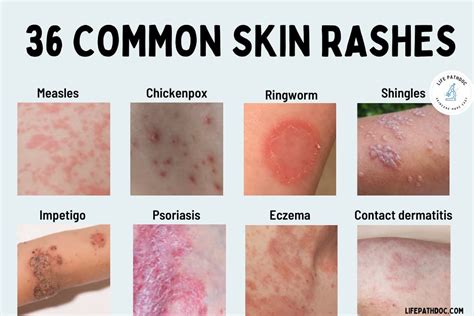
Treating different types of rashes requires an understanding of their underlying causes and symptoms. For instance, contact dermatitis, a common type of rash caused by skin contact with an allergen or irritant, can be treated by avoiding the offending substance and applying topical creams or ointments to reduce inflammation and itching. On the other hand, rashes caused by viral or bacterial infections may require antiviral or antibiotic treatments, respectively. Understanding the specific type of rash is the first step towards effective treatment.
Common Types of Rashes and Their Treatments
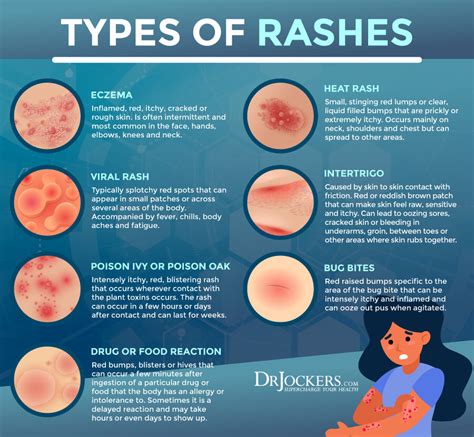
- Contact Dermatitis: Avoid the allergen or irritant, use cool compresses, and apply topical corticosteroids or moisturizers.
- Eczema (Atopic Dermatitis): Maintain a consistent skincare routine, avoid triggers, and use topical corticosteroids or immunomodulators.
- Heat Rash: Keep the skin cool, wear light clothing, and apply calamine lotion or hydrocortisone cream.
- Shingles: Antiviral medications, pain relievers, and cool compresses can help manage symptoms.
Home Remedies for Rashes
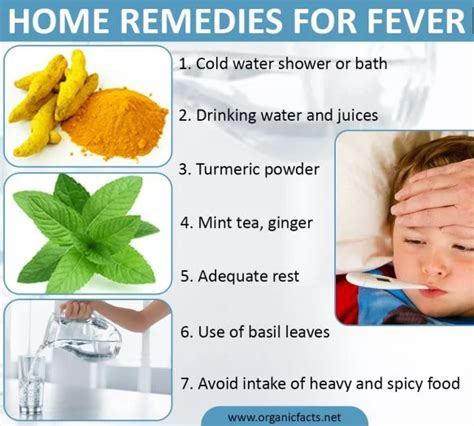
Before seeking medical attention, many individuals turn to home remedies for rash treatment. These can be effective for mild cases and may include:
- Oatmeal Baths: Oatmeal has anti-inflammatory and soothing properties that can relieve itching and reduce inflammation.
- Aloe Vera: Known for its cooling effect, aloe vera can help soothe the skin and promote healing.
- Tea Tree Oil: With its antifungal and antibacterial properties, tea tree oil can be used to treat rashes caused by infections, but it should be diluted with a carrier oil to avoid further irritation.
- Cold Compresses: Applying a cold, damp cloth to the affected area can help reduce itching and inflammation.
Preventing Rashes
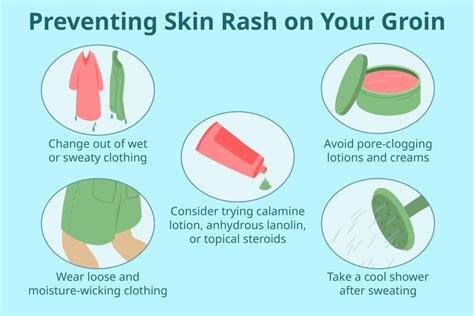
Prevention is often the best form of treatment. By taking proactive steps, individuals can reduce their risk of developing rashes. This includes:
- Wearing Protective Clothing: Especially when coming into contact with potential allergens or irritants.
- Maintaining Good Hygiene: Regular washing, especially after exposure to potential irritants, can help prevent rashes.
- Avoiding Known Allergens: If you know you're allergic to certain substances, avoiding them is crucial.
- Keeping the Skin Moisturized: Dry skin can be more susceptible to irritation and rashes.
When to Seek Medical Attention

While many rashes can be treated at home, there are instances where medical attention is necessary. These include:
- Severe Symptoms: If the rash is accompanied by fever, difficulty breathing, or severe pain.
- Widespread Rash: If the rash covers a large area of the body.
- Signs of Infection: Such as increased redness, swelling, or pus.
- Uncertain Cause: If the cause of the rash is unknown or if it doesn't improve with home treatment.
Diagnosing the Cause of a Rash
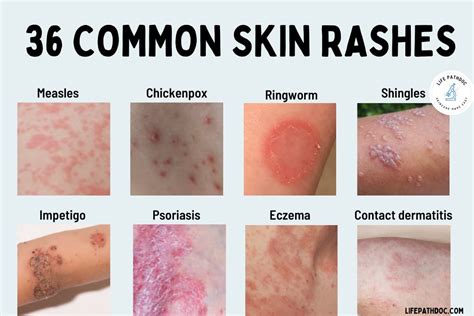
Diagnosing the cause of a rash is crucial for effective treatment. This may involve a physical examination, questioning about symptoms and potential exposures, and in some cases, laboratory tests. A healthcare provider can help determine the underlying cause and recommend the appropriate treatment plan.
Treatment Options for Persistent Rashes
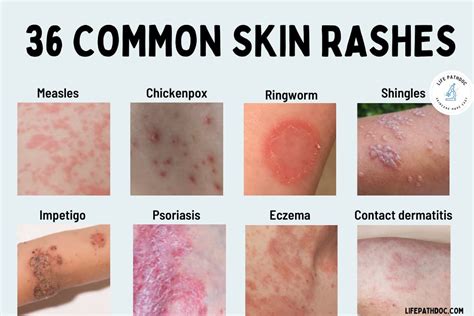
For rashes that persist or are severe, various treatment options are available. These can include:
- Topical Corticosteroids: To reduce inflammation and relieve itching.
- Oral Antihistamines: For allergic reactions and to relieve itching.
- Antibiotics or Antivirals: For rashes caused by bacterial or viral infections.
- Phototherapy: Exposure to specific wavelengths of light under medical supervision.
Lifestyle Changes for Managing Rashes
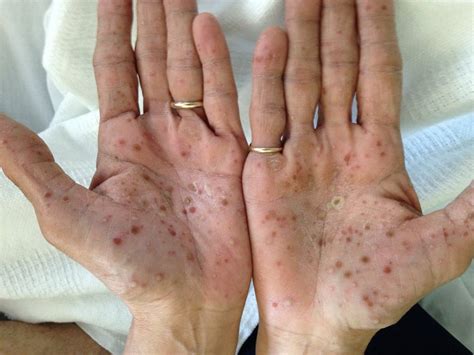
In addition to medical treatments, lifestyle changes can play a significant role in managing rashes. This includes maintaining a healthy diet rich in fruits, vegetables, and whole grains, staying hydrated, managing stress through techniques like meditation or yoga, and avoiding irritants and allergens.
Conclusion and Next Steps

In conclusion, treating rashes effectively requires a comprehensive approach that considers the type of rash, its cause, and the individual's overall health. By understanding the different types of rashes, their symptoms, and how to treat them, individuals can take proactive steps towards healing and preventing future occurrences. Whether through home remedies, lifestyle adjustments, or medical interventions, there are numerous paths to alleviating the discomfort and promoting skin health.
We invite you to share your experiences with rashes and how you've managed them. Your insights could help others navigate their own skin challenges. Feel free to comment below, sharing any home remedies or treatments that have worked for you, or ask questions about rashes and their treatments. Together, we can build a community that supports and informs, helping each other achieve healthier, happier skin.
What are the most common types of rashes?
+Contact dermatitis, eczema (atopic dermatitis), heat rash, and shingles are among the most common types of rashes, each with distinct causes and symptoms.
How can I prevent rashes?
+Preventing rashes involves avoiding known allergens and irritants, maintaining good hygiene, wearing protective clothing when necessary, and keeping the skin moisturized.
When should I seek medical attention for a rash?
+Seek medical attention if the rash is severe, widespread, or accompanied by symptoms like fever, difficulty breathing, or signs of infection. If the cause of the rash is unknown or it doesn't improve with home treatment, medical consultation is also recommended.
